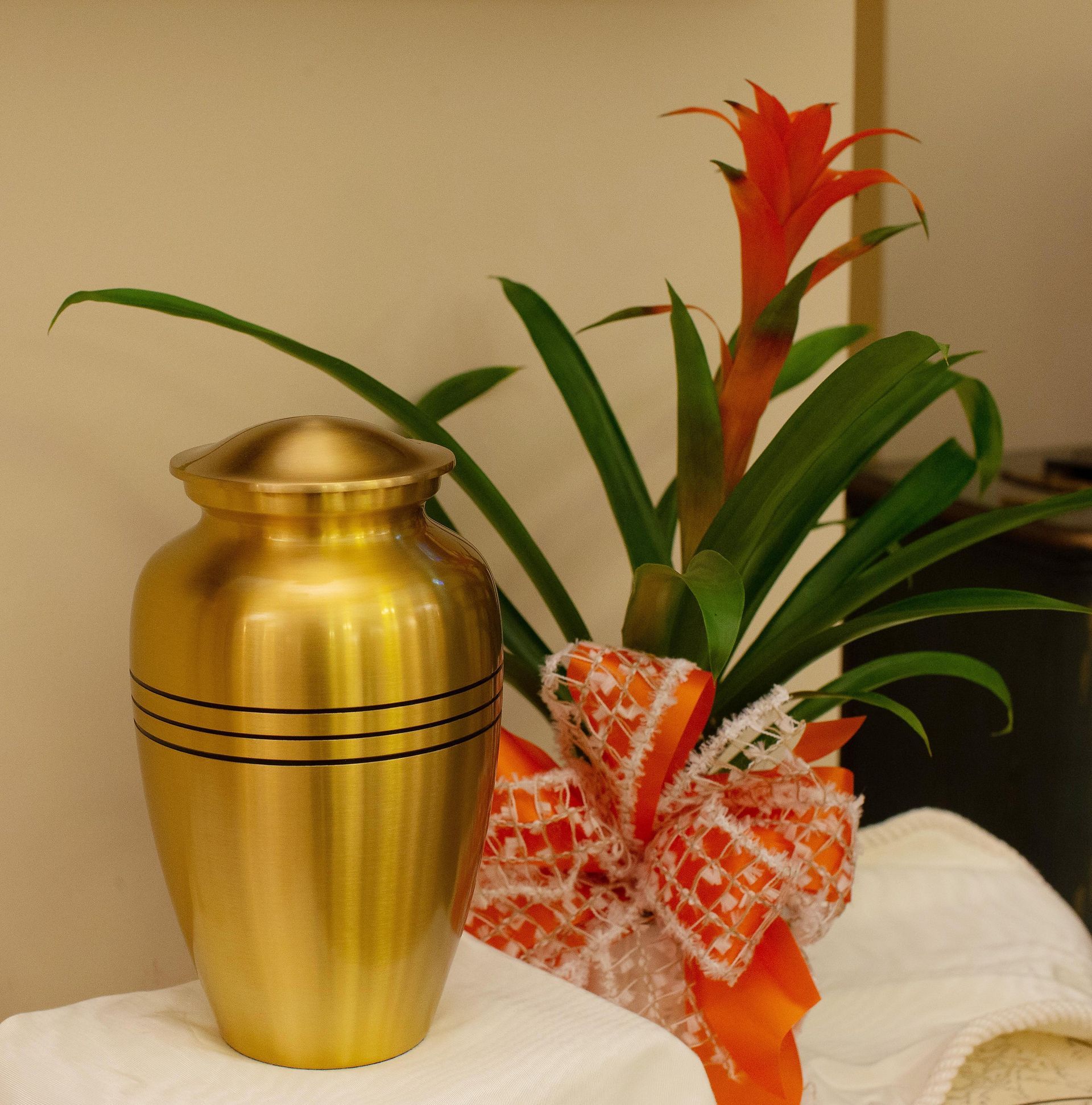The Meaning of Flowers in Funerals: A Tribute Through Blooms
The History and Cultural Significance of Sending Sympathy Flowers
Flowers have long been a symbol of life, love, and remembrance. At funerals, they hold special significance, offering comfort, expressing emotions, and honoring the life of the deceased. Each type of flower chosen for a funeral carries its own unique meaning, adding depth and sentiment to the farewell.
The tradition of sending flowers as a sympathy gift dates back centuries and spans various cultures. In ancient times, flowers were used at funerals to mask the odor of the body, but over time, their role evolved into one of symbolic comfort and support. In Victorian England, flowers were sent as a discreet way to communicate emotions that were often too difficult to express openly. Today, this practice continues around the world as a way to offer condolences, express solidarity, and provide a source of comfort to grieving families. The act of sending sympathy flowers serves not only as a gesture of respect but also as a way of offering emotional support, showing that the family is in the sender's thoughts during a difficult time.
Lilies: Purity and Peace
Lilies are one of the most traditional flowers seen at funerals. They represent the restored innocence of the soul of the departed. White lilies, in particular, symbolize purity and peace, offering a message of hope and serenity to grieving families.
Roses: Love and Respect
Roses are often used to convey love, making them a fitting tribute in funeral arrangements. Red roses symbolize deep love and respect, while white roses stand for purity and reverence. Yellow roses are sometimes chosen to signify strong friendship and affection, showing the bonds that transcend even death.
Carnations: Remembrance and Admiration
Carnations are another popular flower at funerals. Their durability makes them a lasting tribute to the memory of the deceased. Red carnations express admiration, pink carnations are a symbol of remembrance, and white carnations represent pure love and innocence.
Chrysanthemums: Honor and Farewell
In many cultures, chrysanthemums are specifically associated with death and funerals. In Europe, they symbolize grief and are often used to honor the deceased. In Asia, chrysanthemums signify rebirth and are a positive symbol of saying farewell to the physical presence while recognizing the soul’s journey.
Orchids: Eternal Love
Orchids are less traditional but have become increasingly popular in funeral arrangements. They symbolize eternal love and offer a lasting message of beauty and strength. White and pink orchids, in particular, are often chosen to express sympathy and remembrance.
Not only the variety of flower can provoke emotional symbolism, but the colors of flowers used in funeral arrangements carry specific meanings and can convey different emotions or messages as well. Here's a brief guide to what the most common flower colors represent in funeral settings:
White: Purity and Peace
White flowers are often used in funeral arrangements as they symbolize purity, innocence, and peace. They are commonly associated with reverence and humility, making them a fitting choice for honoring the memory of the deceased in a calm and respectful way.
Red: Love and Grief
Red flowers, especially red roses, are a symbol of deep love, respect, and admiration. They can also represent the intense grief felt by those mourning the loss. Red is a powerful color that reflects the strong emotional bonds between the deceased and their loved ones.
Pink: Grace and Sympathy
Pink flowers are softer and symbolize grace, compassion, and sympathy. They are often used to convey gentler emotions, such as fondness and admiration, making them a suitable choice for memorials where the tone is more reflective or celebratory of life.
Yellow: Friendship and Remembrance
Yellow flowers can represent strong bonds of friendship, warmth, and remembrance. While they are less traditional in funeral settings, they are sometimes chosen to honor a life filled with joy and positivity, or to reflect the deceased's bright personality.
Purple: Dignity and Respect
Purple flowers are often associated with dignity, respect, and spiritual awareness. They can symbolize a tribute to someone who led a life of honor and wisdom. Purple is also considered a regal color, making it fitting for paying tribute to an admired figure.
Blue: Peace and Comfort
Blue flowers are less common in funeral arrangements but are sometimes used to convey feelings of peace, calm, and comfort. Blue represents serenity and can be a soothing presence in memorial services, especially for grieving families.
Orange: Enthusiasm and Celebration
Orange flowers may be used in more modern or celebratory funeral services, symbolizing enthusiasm, passion, and a zest for life. Though less traditional, they can serve as a bright tribute to someone who lived their life with energy and joy.
The color of flowers in a funeral arrangement can provide an additional layer of meaning, making them a personal and thoughtful tribute to the life being honored.
Each flower used in a funeral arrangement brings its own meaning, whether it’s to express love, admiration, or hope. Selecting the right flowers for a service not only offers beauty but also conveys heartfelt emotions, providing comfort to those grieving while paying tribute to the life that was lost. When planning a funeral, consider the symbolism behind the flowers as a meaningful way to honor your loved one.











